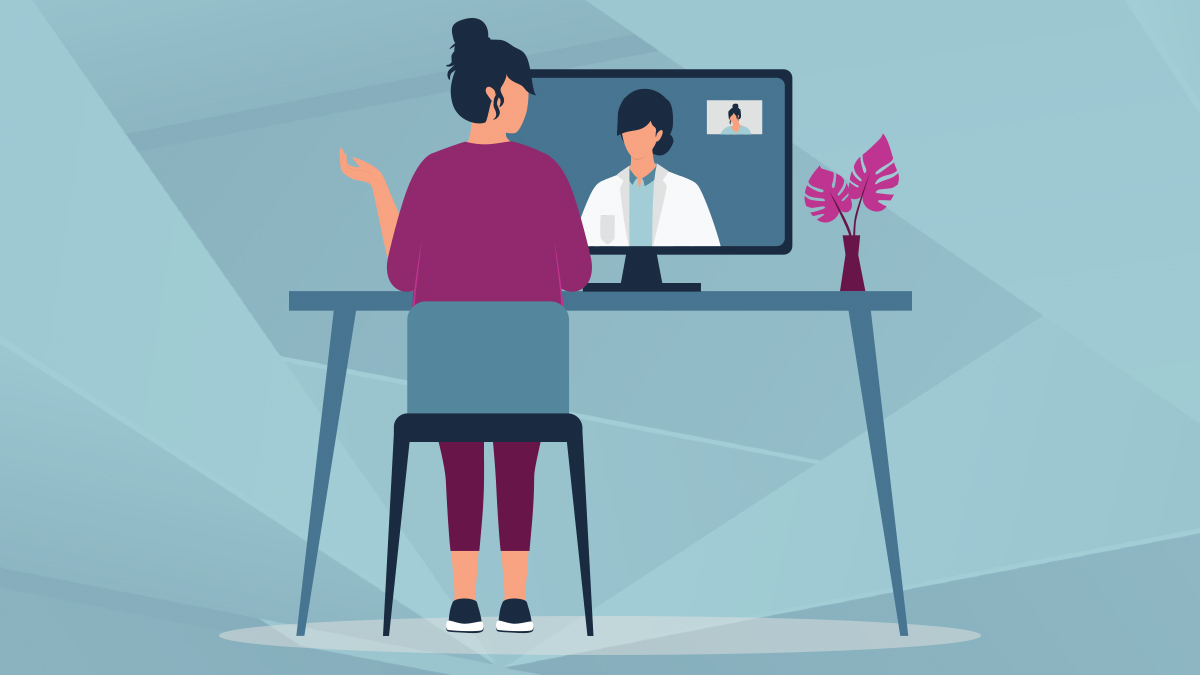When it comes to UX strategy, one-on-one stakeholder interviews are key to any project. The insights gathered throughout the conversations inform the research plan and set you on the path for success. Interviews can also inform how you report and present your findings and create a foundation for your UX project strategy creation.
In addition, stakeholder interviews are one of the most effective research methods and help determine technical constraints, usability problems and behavior, pain points, and more. They are used to gain insight on a product you are working on. Stakeholders may be c-suite executives, customers, operations team members, marketing team members, and more.
First, it’s important to know the specific benefits of a stakeholder interview, the process, and which interview style to use to gather the best possible information.
Step 1: The benefits of a stakeholder interview
There are many benefits of interviewing stakeholders and why they are important for your business.
1. Helps build a successful UX design
Conducting the right research can point you to a strategy that will be successful and save you time and money in the long run.
2. Helps you define goals
Stakeholders are ultimately the driving force of the success behind your project. They help you align your goals with company objectives.
3. Helps you understand your users’ needs
Interviewing helps you understand the vision and what the user needs in a UX design. How will the interface help the user find what they are looking for? You want to design for the users needs in mind, so they continue using your platform.
4. Lowers the risk of future problems
Conducting stakeholder interviews can lower the risk of design problems down the road. It helps you discover technical obstacles and saves unnecessary rounds of design.
Step 2: What are your goals and what do you need to be successful?
What information do you want to know? What questions do you want answered? It is important to have thorough and well-researched questions to ask your stakeholders. A few example questions might be:
- What are the concerns of the product you are designing?
- What are the limitations?
- Who is using the product the most?
- What are you trying to accomplish?
Step 3: Choosing your stakeholders
When selecting your stakeholders, it is best to choose individuals from different parts of the company who use the product you are creating.
Step 4: Defining your interview type
The most important step is interviewing your stakeholders. You first need to know the types of interviewing methods and the advantages and disadvantages of each to find the right fit for your research. The three types of interviews are:
1. Structured
The interviewer follows a pre-prepared script, reading out each question in the same order as it appears.
Advantage: A set of closed questions are used. This means the research is easy to quantify and test for reliability and they take a short amount of time to conduct.
Disadvantage: They are not flexible and new questions cannot be asked. The answers from the interviews lack detail as only closed questions are asked which generates quantitative data. This means the researcher won’t know the “why” behind a person’s behaviors/actions.
2. Unstructured
The interviewer has a list of topics or issues that need to be covered and is an informal interview style.
Advantage: You can generate qualitative data through open questions. This interview style is more flexible because questions can be changed depending on the interviewee’s answers.
Disadvantage: It can be time-consuming to conduct an unstructured interview and analyze the qualitative data (using methods such as thematic analysis).
3. Semi-structured
An interview guide is used which includes a series of broad questions. The interviewer is also able to ask further questions to gain deeper insights into a certain question.
Advantage: Two-way communication that lends itself to discussion.
Disadvantage: The conversation may evolve unpredictably. This interview style also requires significant effort to prepare.
Once you have your interview style selected, it is time to start interviewing!
Step 5: Conducting the interview
Start your interview off with an ice breaker to make your interviewee feel comfortable. Make sure you thank them for their time in participating in your research study.
During the interview, be sure to listen and pay close attention to the interviewee’s responses and document feedback to help with your analysis.
Step 6: It’s time to strategize
Once you have your research ready to go, it is time to analyzing your research and categorize themes into categories from motives, unique value propositions, all the way to fears. You will be able to distinguish similarities as well as differences in the responses.
After categorizing your findings, it’s time to create a successful UX strategy for your next design project. With the right research, your design will be a positive, well-established product for the user to ensure they have the best user experience.
